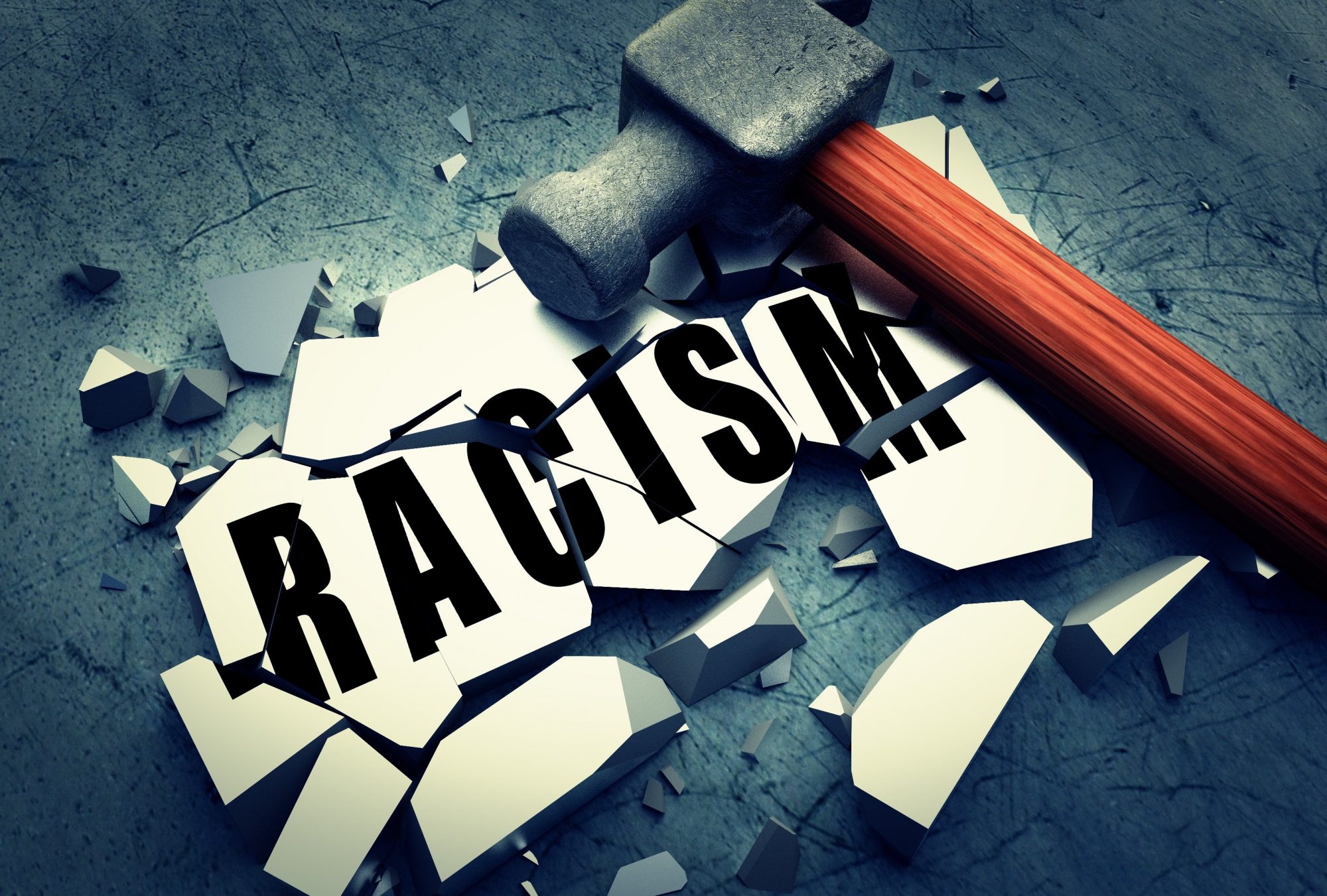Answer one of the following questions in approximately 4 (minimum) – 6 (maximum) double-spaced pages. Papers should be in 12-point Times New Roman or similar typeface, with one-inch margins on all sides. Answers should be well organized, well written, and thoroughly proofed. Citations should be either MLA or Chicago Style format. Use telling (but not too lengthy) quotes. A bibliography is not necessary for this paper, as your answers should only draw on course readings. The essay should address the main question (the question in boldface) and any of the ancillary questions that will allow you to build your case. Your paper must have a clear, focused argument that unambiguously answers the question.
You must upload your draft to your OneDrive folder by 5 pm on Friday, October 4. Final versions of your paper are due by 5 pm on Friday, October 11. Late papers (papers submitted after 5:15 pm) will result in a grade reduction (one step for each hour late: (i.e., A to A-, C- to D, etc.). Papers submitted after 11:29 am on Saturday, October 12will not be accepted (except in emergency cases).
QUESTION ONE: In our discussion of Anderson’s “iconic ghetto,” we also considered how race and gender stereotypes mark other groups. Building on interviews collected from five Bowdoin students, conceptualize your perceptual category for understanding how a different social group (racial, gendered, sexual, able-bodied, international) navigate stereotypes related to their identity. You will need to develop a name for your category (“the iconic _________”) and highlight characteristics/stereotypes of that identity, supporting your claims with evidence from your interview. You may also draw on your own experiences if you fit the characteristics of that selected category). How might your concept compare to Anderson’s “iconic ghetto”? How do people navigating this category find themselves enabled or constrained by the stereotypes mapped onto their bodies in various spaces? What aspects of these identities are taken for granted? How do people challenge these perceptions? In what ways might individuals trade on other identity categories to manage these perceptions
QUESTION TWO: In Racial Formation in the United States, Michael Omi and Howard Winant describe race as a social convention that various reactionary and progressive political forces try to interpret to their advantage.Despite multiple challenges that humans are 99.9% biologically similar, Dorothy Roberts argues that the need to scientifically prove racial categories persists. Thinking of these two readings together, consider how the new scientific technologies reflect Omi and Winant’s theory of racial formation. To put in a different way, how do we see modern science as a “political force” that reinforces and perpetuates race and racism? In what ways does this new science reflect legacies of old definitions of race? How does this new science play into contemporary interpretations of race and racism? To answer this question, you might also think about how the scholars we read in class conceptualize race and racism.
QUESTION THREE: In White Kids and Those Who Work, Those Who Don’t, Margaret Hagerman and Jennifer Sherman introduce us to people who believe that their circumstances do not necessarily perpetuate racial inequality/racism. Imagine that either Margaret Hagerman or Jennifer Sherman invited you to speak about racism to their selected community. How would you go about explaining contemporary racism to these communities? How might you put their cultural identity, their environmental circumstances, and/or their definitions of the situation (Thomas) into context with the argument that racism and racial ideologies persist? To answer this question, you will need to put Hagerman or Sherman into conversation with at least one additional reading we have already explored.
QUESTION FOUR: In our class discussions, many of you suggested that Bowdoin is becoming less of a “white space” and more of a “cosmopolitan canopy,” “racially diverse islands of civility located in a virtual sea of racial segregation” (Anderson 2015: 11). Read Anderson’s “The Cosmopolitan Canopy” and consider whether Bowdoin contains anything that resembles cosmopolitan canopy. If so, what does the cosmopolitan canopy resemble? What activities take place there? Does it exist as a stable cosmopolitan canopy, or does the racial composition shift over time? If not, what factors prevent Bowdoin from becoming a cosmopolitan canopy? What conditions must be met for space at Bowdoin to become a cosmopolitan canopy? To answer this question, you will want to select a space/spaces on campus and complete at least three days of sustained observation (or conduct interviews with five people) to support your claims either way.
